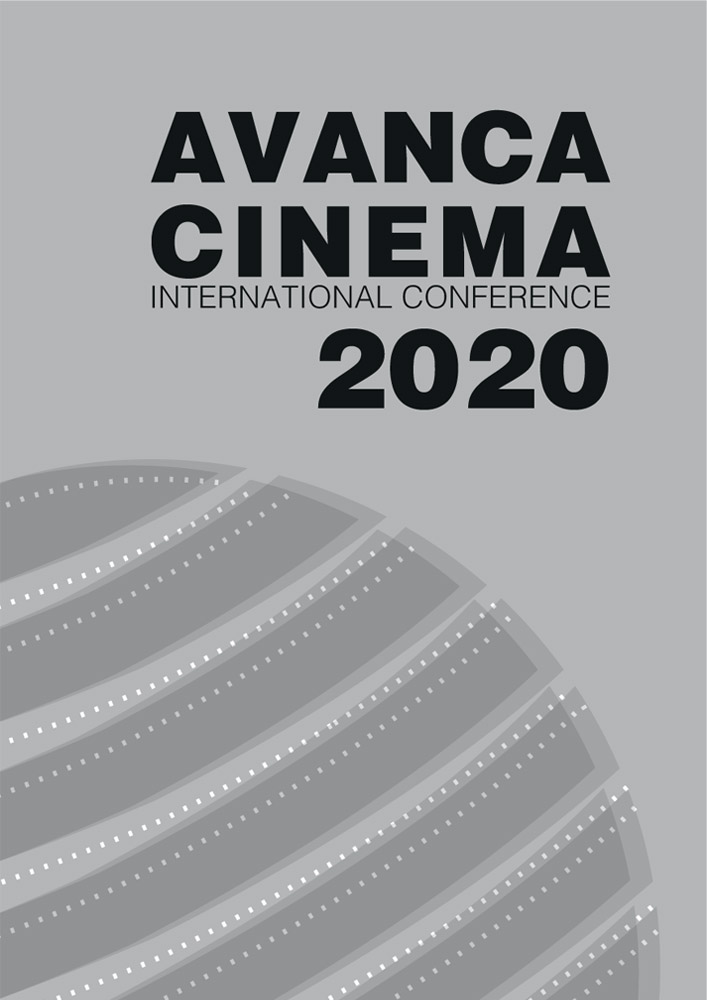Capítulo I _ Cine - Arte
“Images of the Secret Self”: The Idea of the Non-Human in German Expressionist and Early American Horror Cinema
Resumen
In historian Leslie Fiedler’s book “Freaks: Myths and Images of the Secret Self” (1978), he argues that monsters are intriguing for us because we look at them as mirrors of ourselves. Although the fantasy of manipulating nature emerged centuries ago, Germany’s Expressionist silent cinema had its own place and message for using monsters. In the post-First World War climate, characters such as Cesare in Robert Wiene’s Cabinet of Dr. Caligari (1920), Paul Wegener and Carl Boese’s golem (1920), and Fritz Lang’s pseudo-Maria (1927) are all reflections of the era’s political situation. Meanwhile in the US, genetic imagery was a known and popular topic and movies like Frankenstein (1931) directed by James Whale were inspired by the German works. It also sums up the cultural, ethical, and moral issues of the 1920s, which are still valid today. Although the cultural environments of the two countries are different, they both make use of the same concept in order to show greed for power: the concept of the non-human.

Esta obra está bajo una licencia internacional Creative Commons Atribución 4.0.

